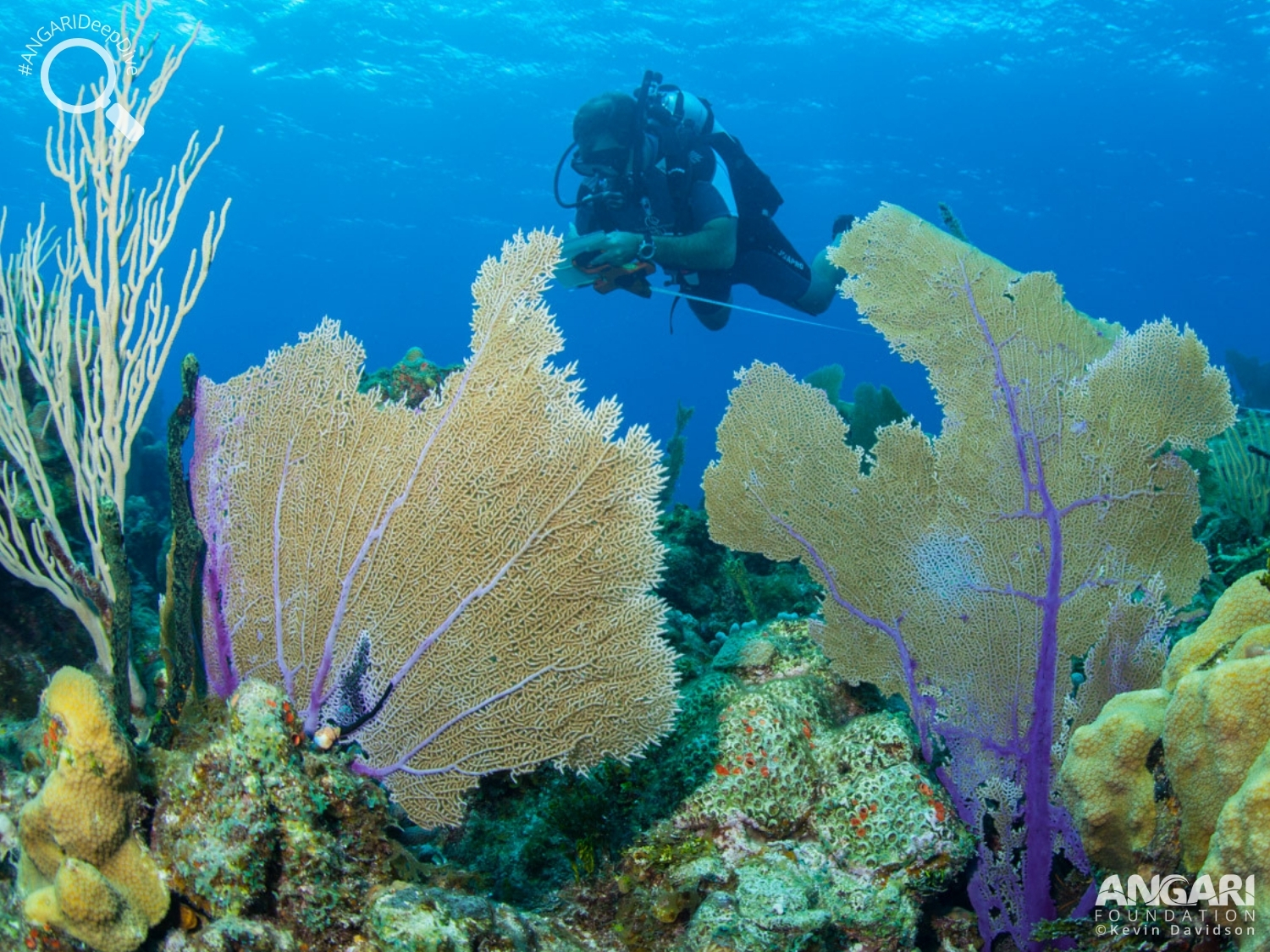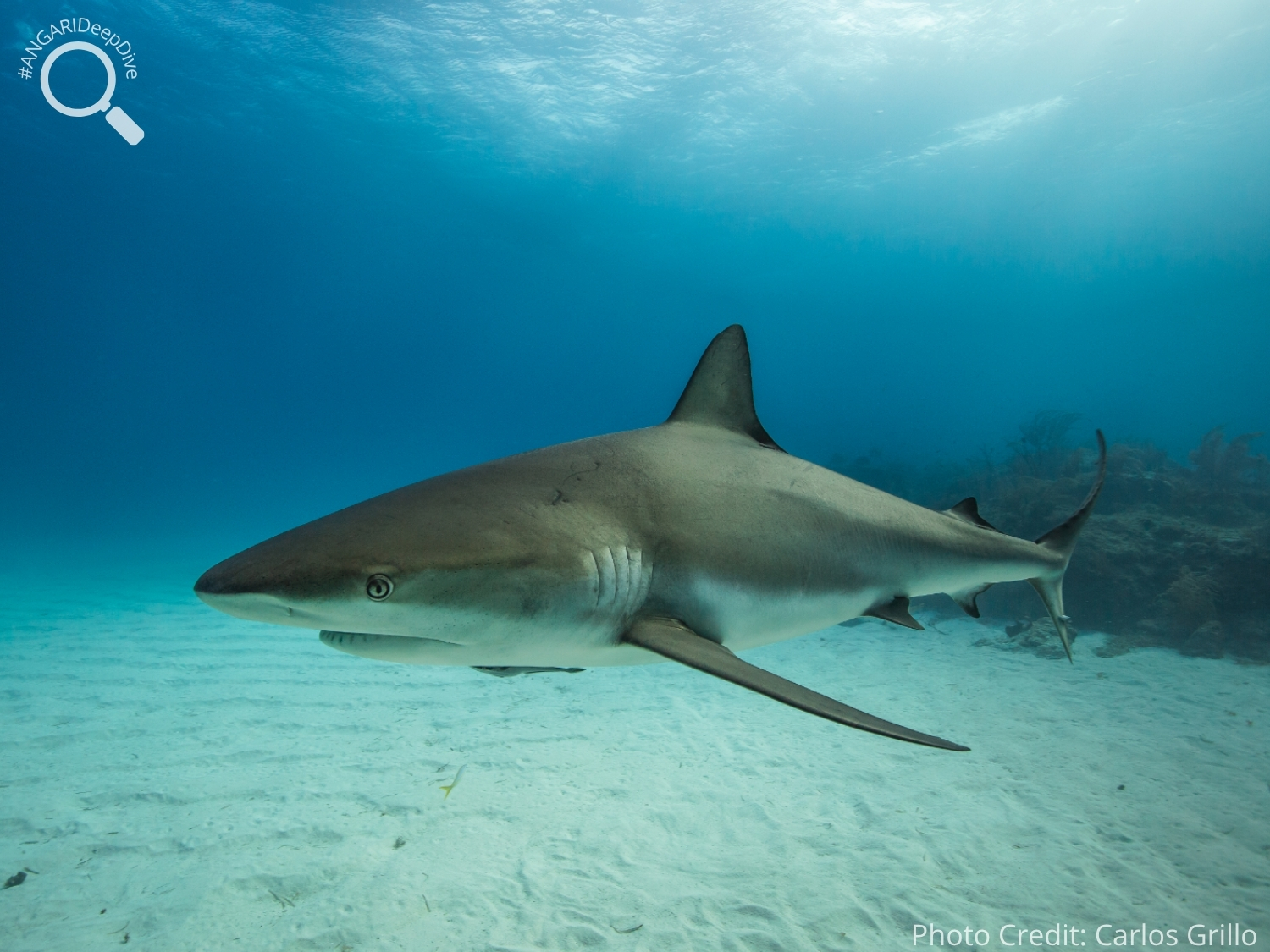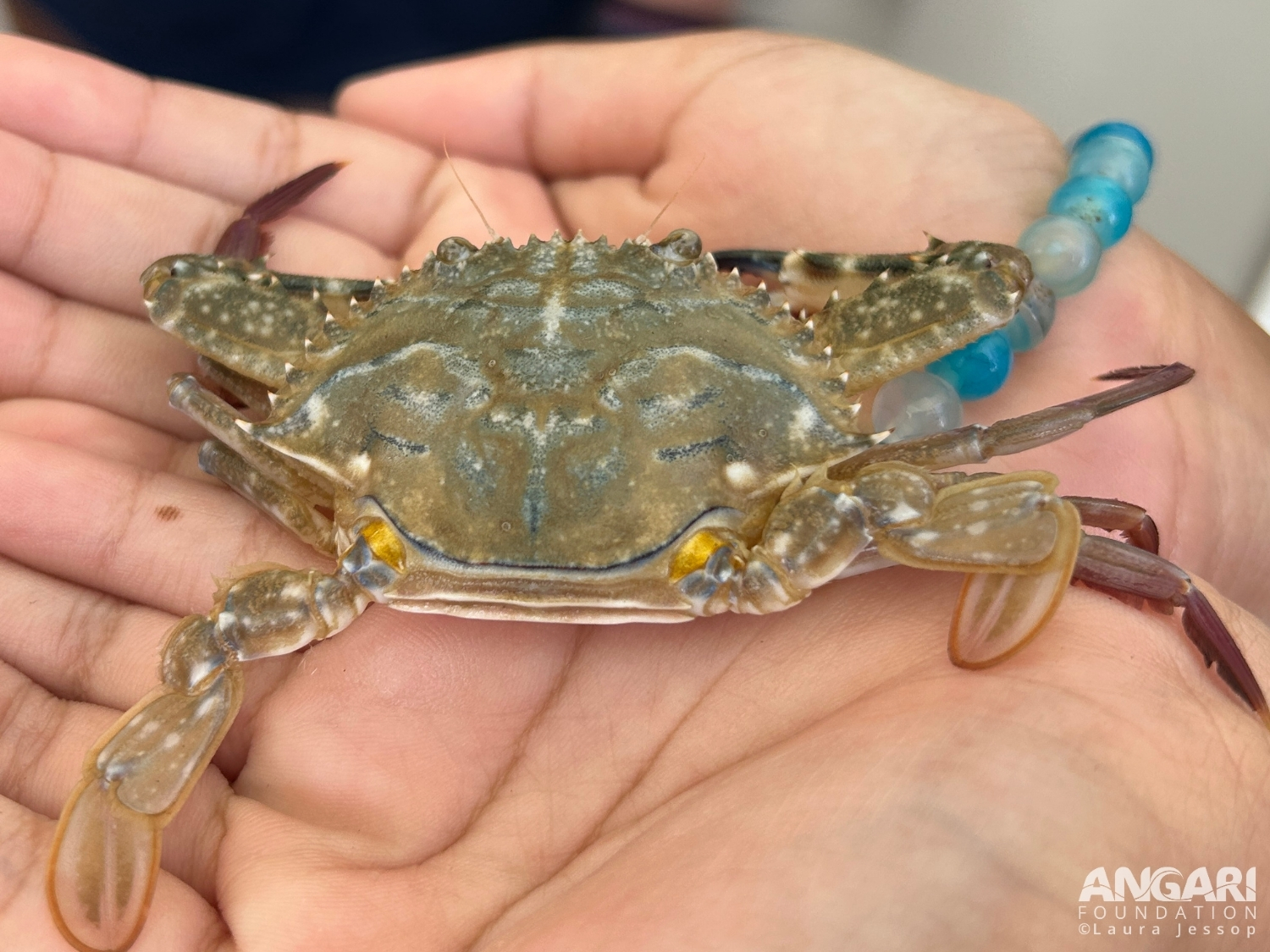Common sea fans are commonly found on coral reefs and can be identified by their purple tissue.
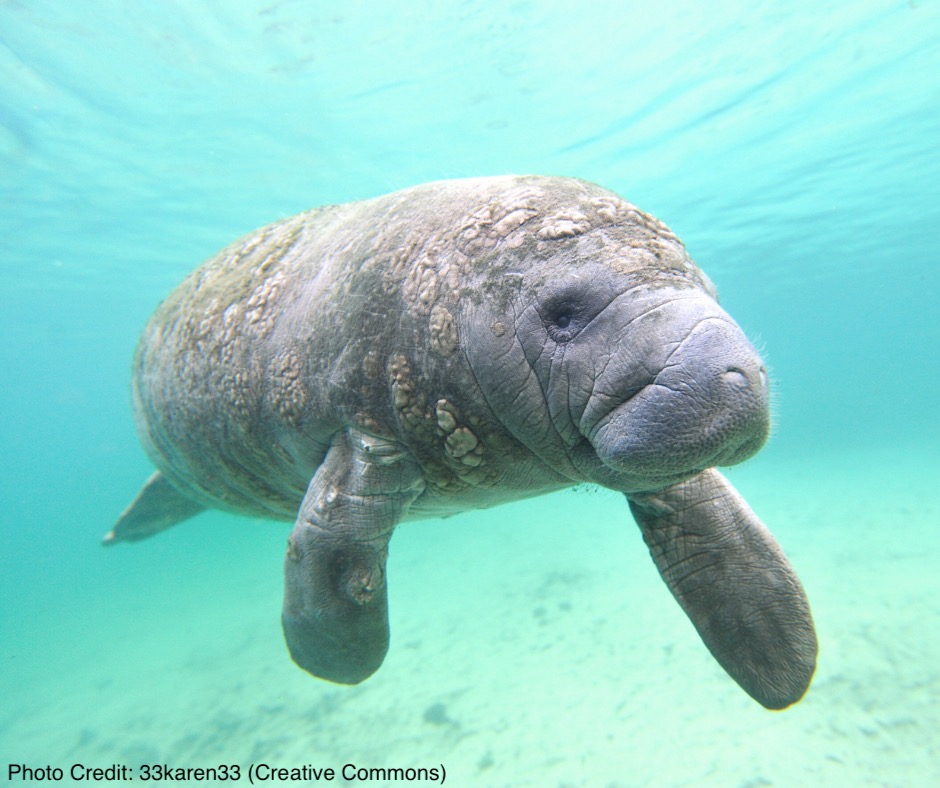
Florida Manatee (Trichechus manatus latirostris)
The Florida manatee (Trichechus manatus latirostris) is a subspecies of the West Indian or North American manatee (Trichechus manatus) and is recognized by its wrinkly snout, elongated body and paddle tail. These herbivorous marine mammals can grow up to 13 feet long and 3,500 pounds!
Here are our favorite facts about the Florida manatee.
#1: The Florida manatee eats, sleeps and repeats.
Florida manatees don’t have an overly packed schedule. They tend to spend about 8 hours a day grazing on vegetation and another 2 to 12 hours resting at the surface or on the seafloor.
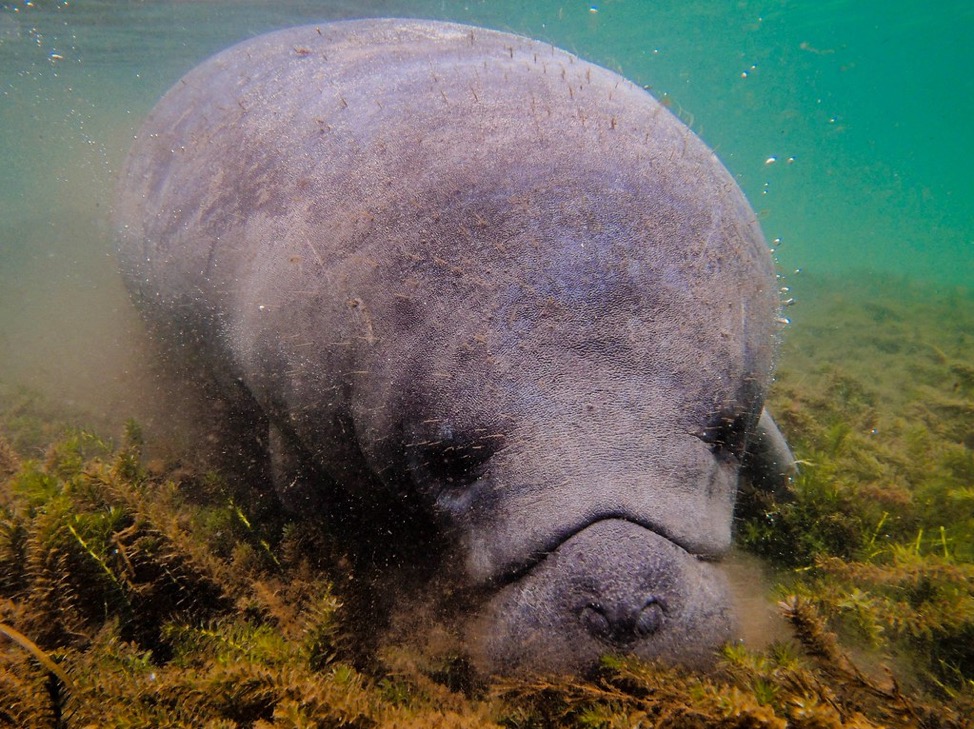
#2: Do Florida manatees have eyelashes?
Florida manatees don’t have eyelids or eyelashes, but they do have a nictitating membrane. A nictitating membrane is a translucent membrane, sort of like an eyelid, that can be drawn over the eye to protect it while maintaining vision. For the manatee this membrane is a great adaptation for a life underwater.
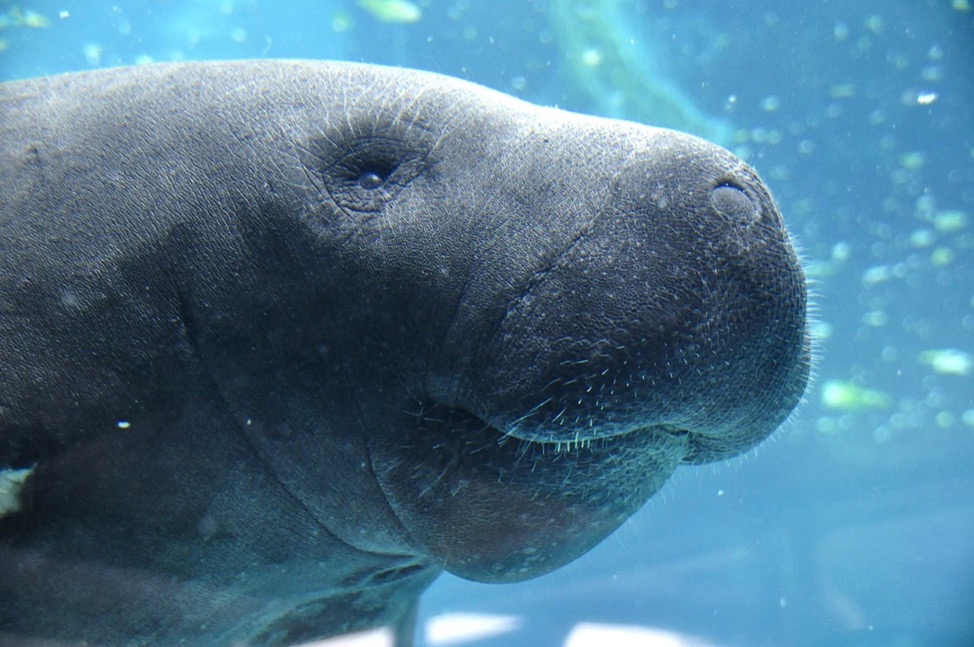
#3: Where would you find a Florida Manatee?
Manatees are at home in rivers, estuaries and coastal areas of the southern United States, as well as the Caribbean Islands, Central America and northern South America. During colder months of the year, you can often spot them near warm water outflows and congregating in shallower, warmer waters. In West Palm Beach, Florida, Manatee Lagoon is a favorite spot for manatees to congregate on cold days.
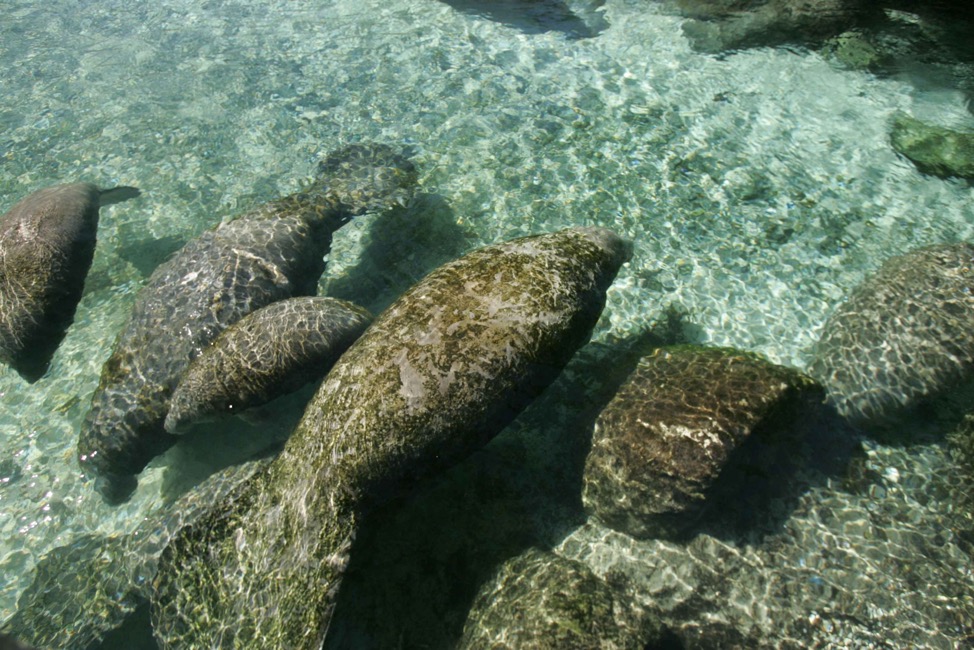
#4: Florida manatees live life in the slow lane.
Manatees are not known for their speed, averaging 3 to 5 mph. However, manatees are able to swim in small bursts and reach up to 15 mph when required! Unfortunately, their slow nature makes these marine mammals prone to boat strikes, and prop scars are observed on many manatees. This is why it’s especially important for boaters to be on the lookout and abide by slow speed manatee zones when on the water.
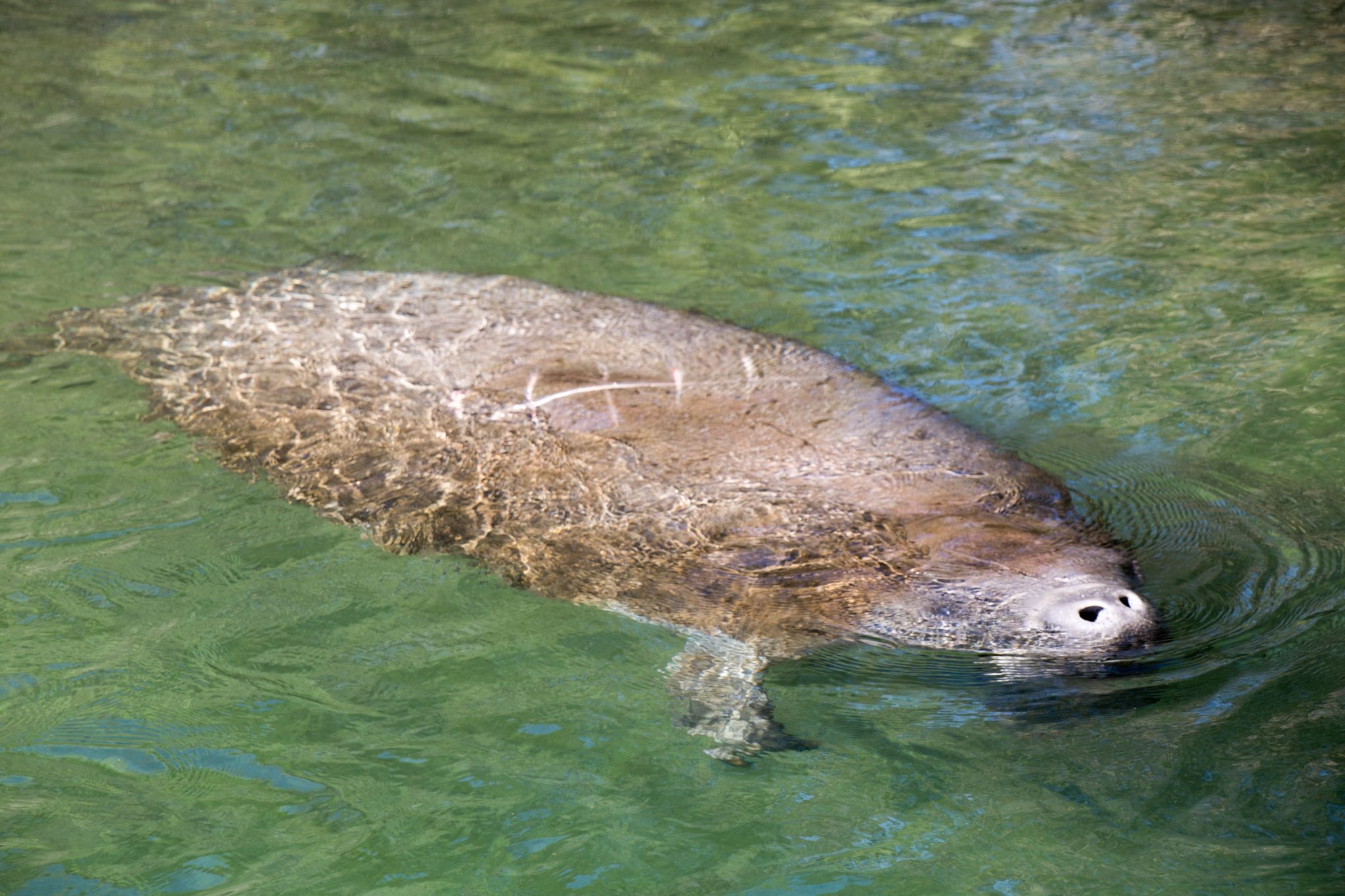
#5: How much does a Florida manatee eat?
The average manatee consumes around 100 pounds of vegetation per day, and when it comes to eating, they like a more “hands-on” approach. Manatees use their two fore limb flippers to dig up and hold cordgrass, eelgrass and other aquatic plants while eating. Seagrass is an important food source for manatees.
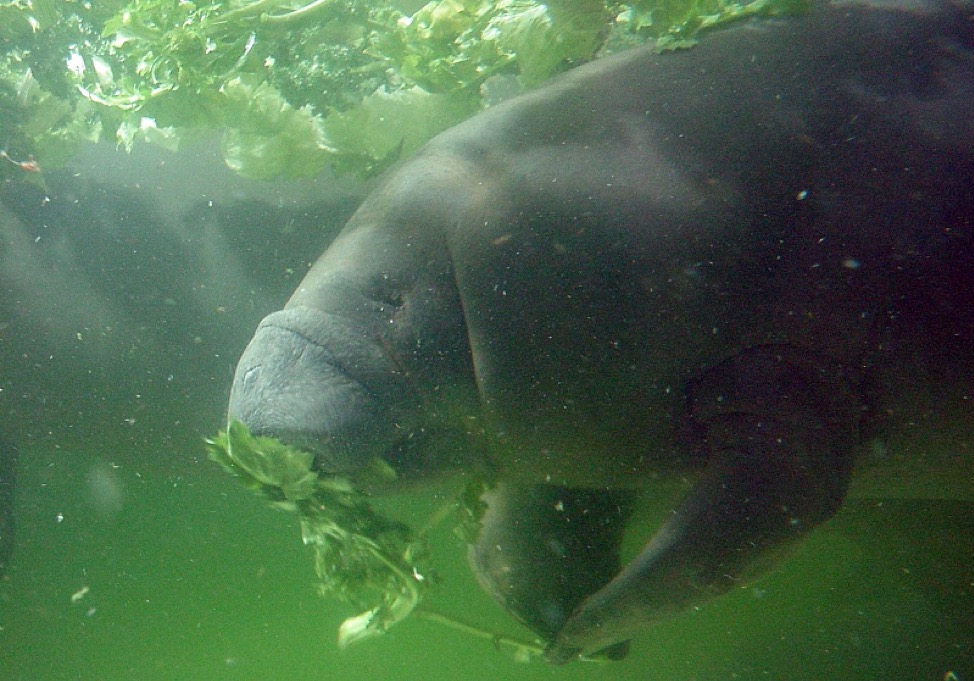
#6: The flippers of a Florida manatee
Florida manatees have pectoral flippers that they use to steer, scratch and move food to their mouths. These flippers have a “finger-like” bone structure, which allows manatees to feed the way they do. These bones are then covered in a thick layer of skin so they are well-protected while being used for movement and feeding.
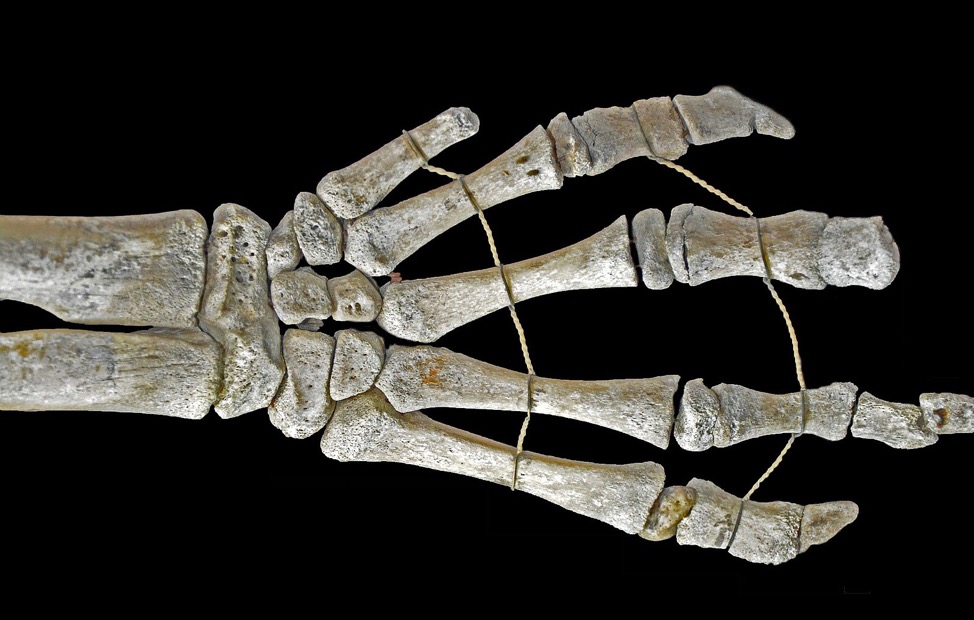
#7: Christopher Columbus spotted a manatee!
The first written record of manatees in North America was actually written by Christopher Columbus in 1943. He claimed that he saw mermaids while at sea and described them as “not as beautiful as they are painted, since in some ways they have a face like a man.”1 What he didn’t know is that he most likely saw a manatee, not a mermaid.
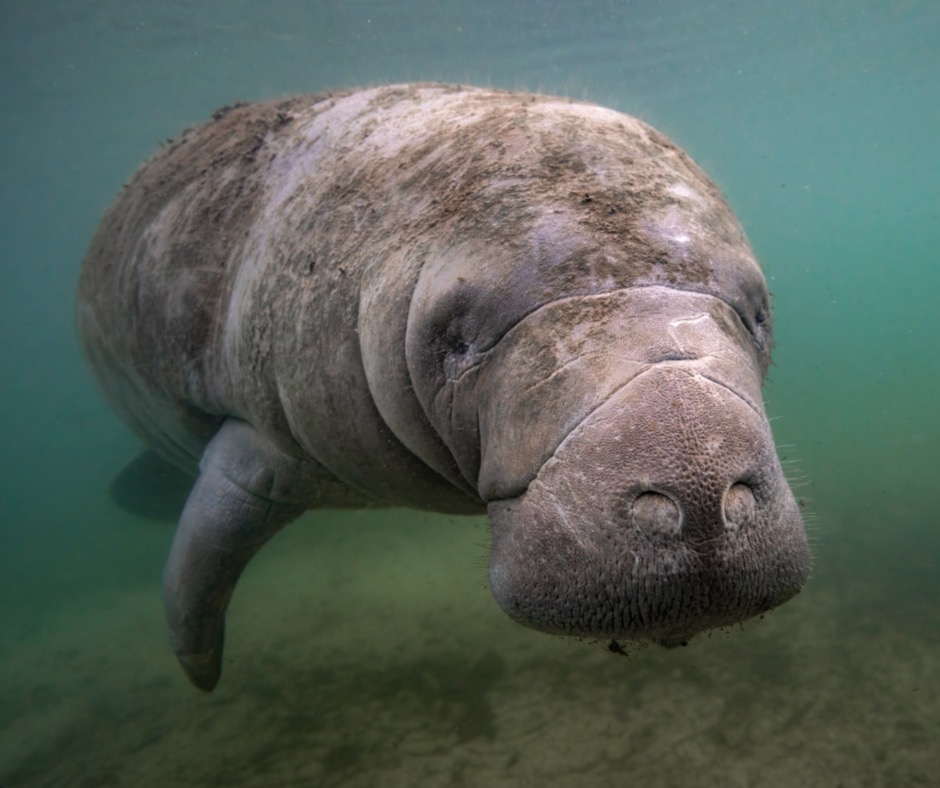
The West Indian manatee was listed as endangered in the 1970s but has since increased in population due to significant efforts from federal, state and local groups. The Florida manatee is considered threatened and suffers from habitat loss, boat strikes, entanglement, food scarcity and pollution. There’s plenty we can do for the manatee!
➡️ Report distressed, sick, injured or dead manatees to your local FWC.
➡️ Help reduce pollution and prevent harmful algal blooms by reducing fertilizer use and runoff into waterways.
➡️ Don’t feed or harass manatees.
➡️ When boating, slow down and follow manatee zone regulations.
➡️ Fish responsibly and properly discard of fishing lines.
➡️ Prevent damage to seagrass.
➡️ Sign up for local cleanups and help prevent litter from entering the manatee’s aquatic habitat.
Additional Florida Manatee Resources:
1. Save the manatee non-profit organization
2. Marine Mammal Commission – Florida Manatee
3. Ocean Expert Exchange with Dr. Danielle Ingle
Citations:
1History.com Editors. (2009). Columbus mistakes manatees for mermaids. Retrieved 06 November 2022, from https://www.history.com/this-day-in-history/columbus-mistakes-manatees-for-mermaids.

